The Secret Meanings Behind Soccer Crests
The sheer variety of soccer crests around the world can be bewildering, but the imagery used by clubs often has a story all its own. Why does Barcelona's crest have the English flag in it? Is there a reason why a Czech team has a kangaroo as its logo? And why is Sheffield Wednesday known as the Owls? Explore some of the hidden meanings behind the world's most interesting soccer crests here.
ABERDEEN FC
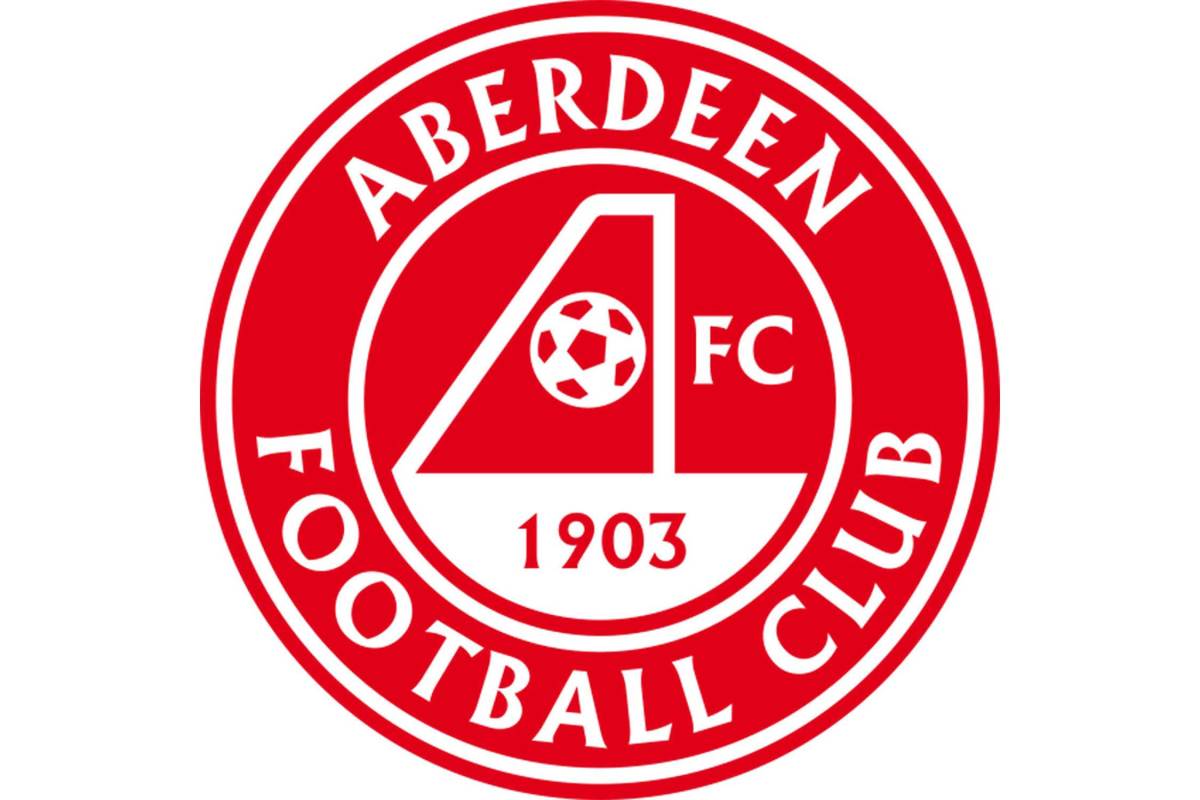
In the crest of this Scottish club, the "A" in the center of the crest doubles as a goal, seen from the side, with a ball going over the line.
ATLETICO MADRID
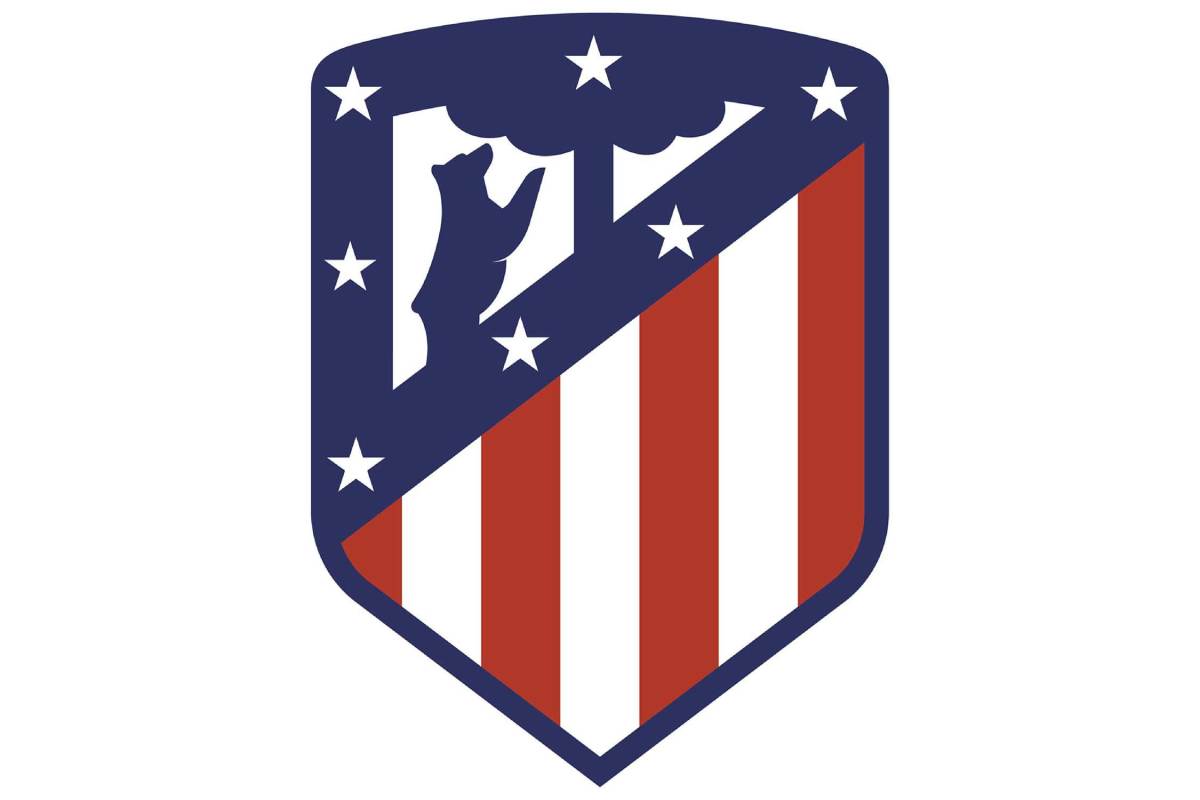
A bear grazing at a strawberry tree has been a feature of the coat of arms for the City of Madrid since the 13th century. Seven stars represent the Ursa Major constellation, which itself represents a bear. This version of the crest will be in use starting with the 2017-18 season, coinciding with the club's move from the Vicente Calderon stadium to the Wanda Metropolitano.
FC BARCELONA
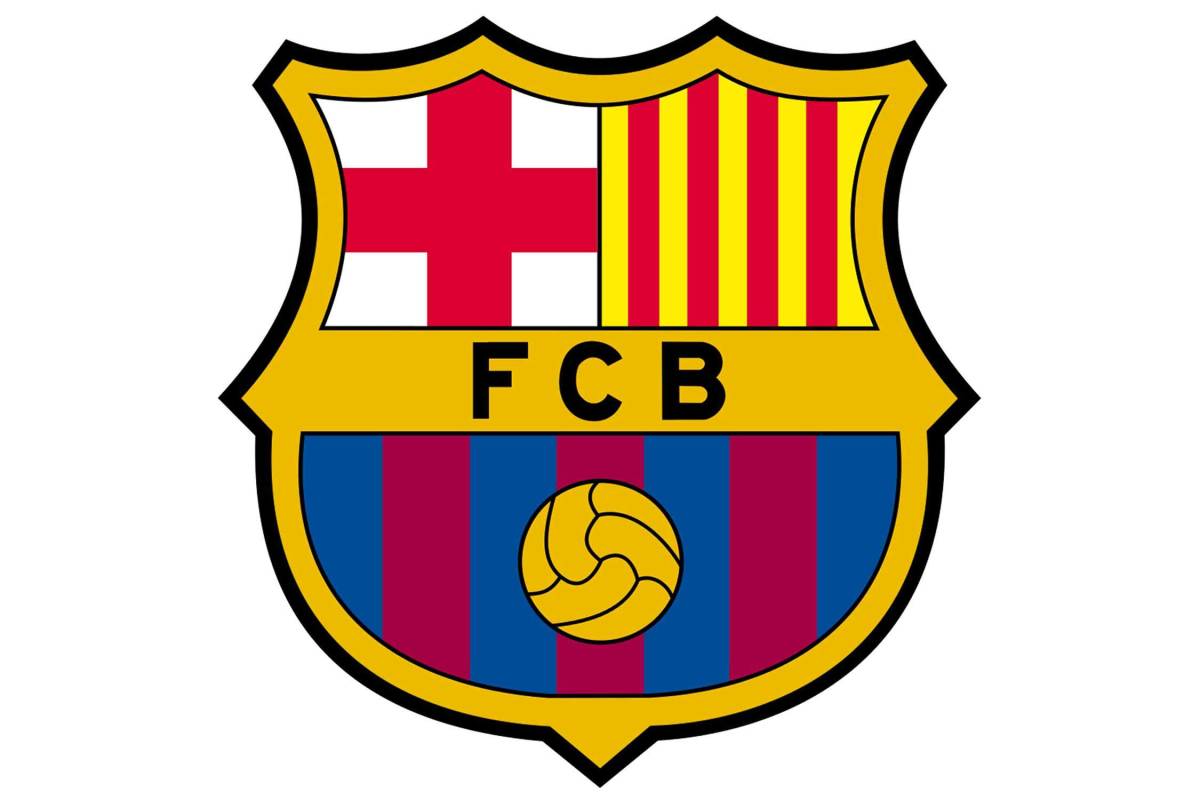
As a club, Barcelona is often regarded as a symbol of Catalonian nationalism. As such, the red and yellow stripes of the Catalonia flag are featured in the upper right side of the crest. On the upper left is the cross of St. George, who is seen as the patron saint of the city of Barcelona. The St. George's cross is also commonly known as the flag of England.
BAYERN MUNICH
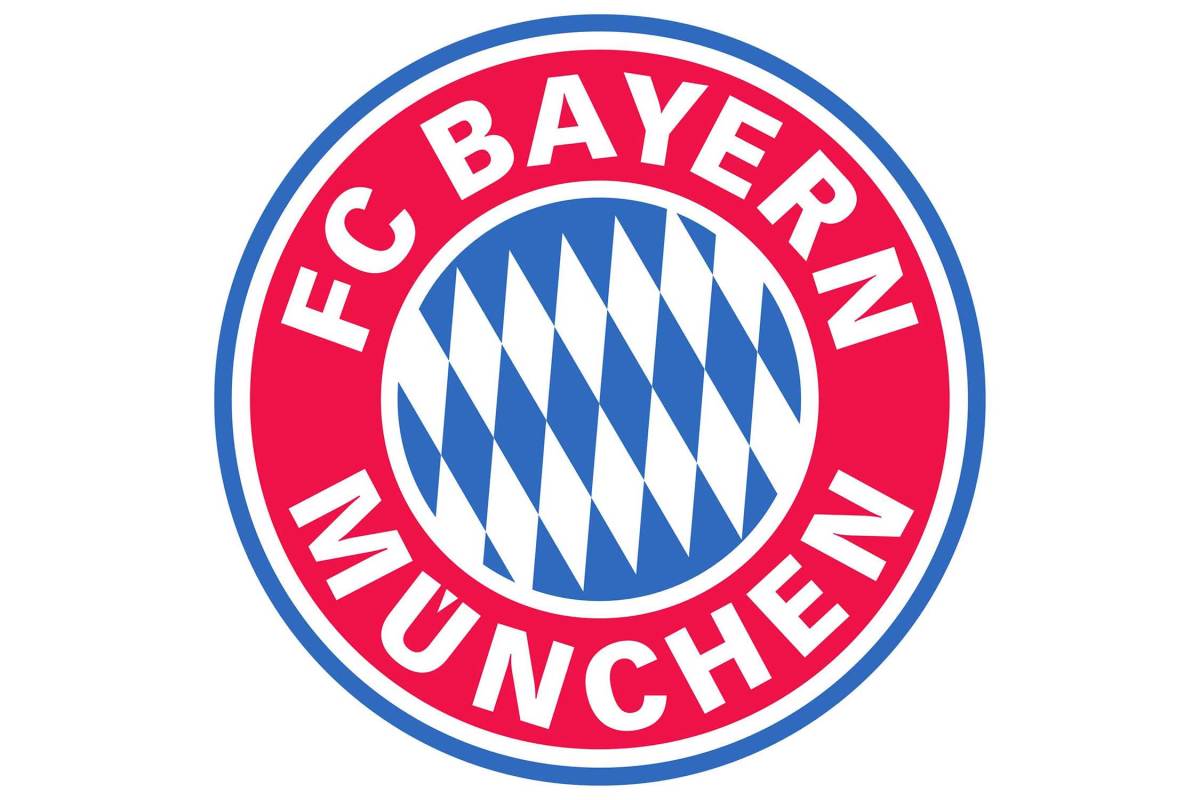
The blue and white diamonds come from the flag of Bavaria, the region of Germany where Munich is located. The logo of German car company BMW features the same colors.
SL BENFICA
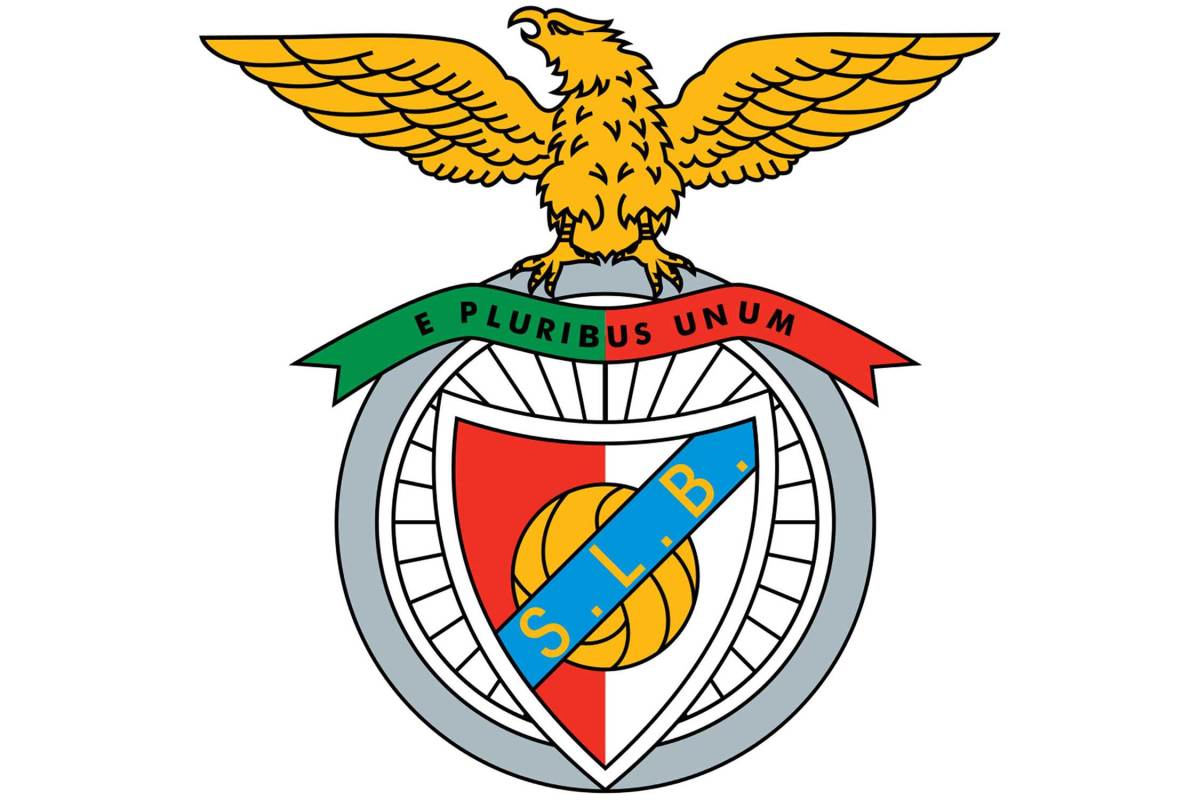
In the background of the crest of this Portuguese club is a bicycle wheel. That's because an earlier incarnation of the club, known as Grupo Sport Benfica, was initially founded with cycling as the main focus.
BOCA JUNIORS
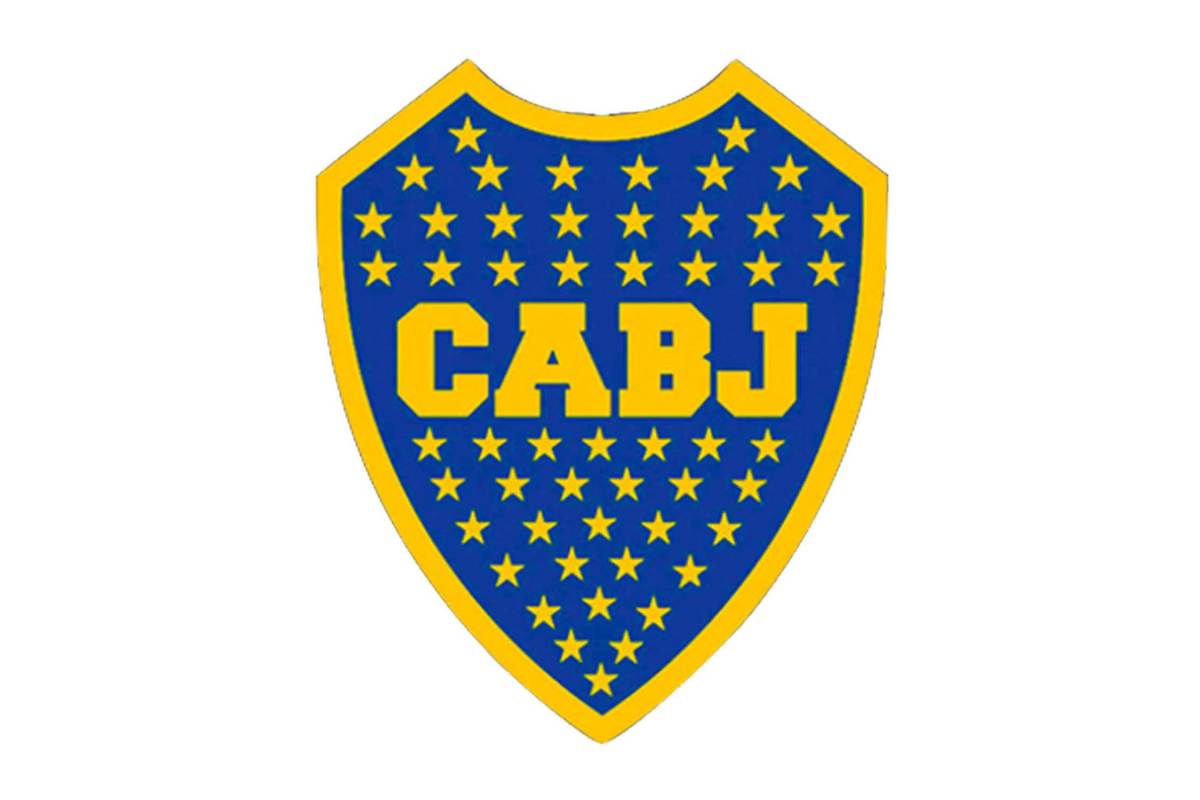
Why are there so many stars? Because Boca Juniors adds one every time it wins something, and it wins a lot of things. At time of writing, there are 52 stars representing a variety of domestic, continental, and international titles. The blue and yellow colors date back to 1906, when the club's members decided to adopt the colors of the next ship to sail into Buenos Aires' La Boca port. The ship came from Sweden, and the color scheme of one of Argentina's most famous soccer clubs was born.
BOHEMIANS PRAHA
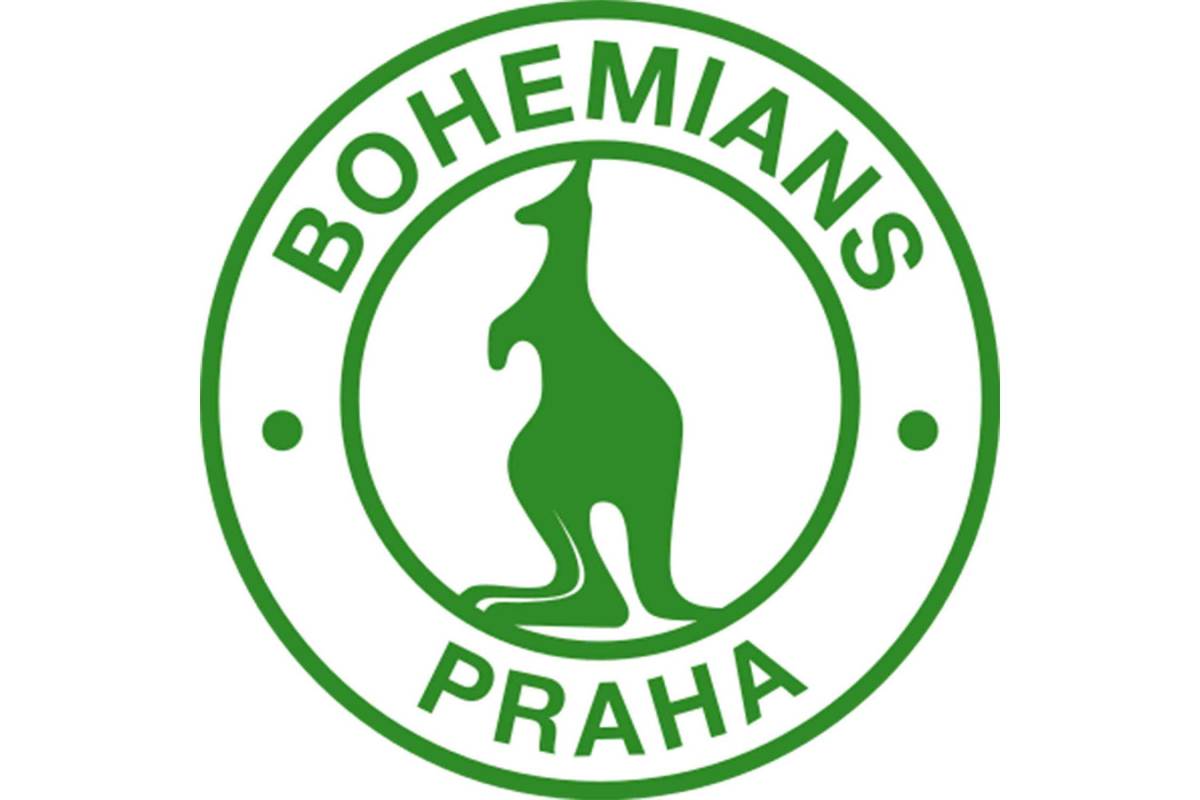
Founded as AFK Vršovice, the Czech Republic squad adopted the kangaroo logo after a tour of Australia in 1927. After the successful tour, the club was awarded two kangaroos, which it donated to the Prague zoo.
BOURNEMOUTH
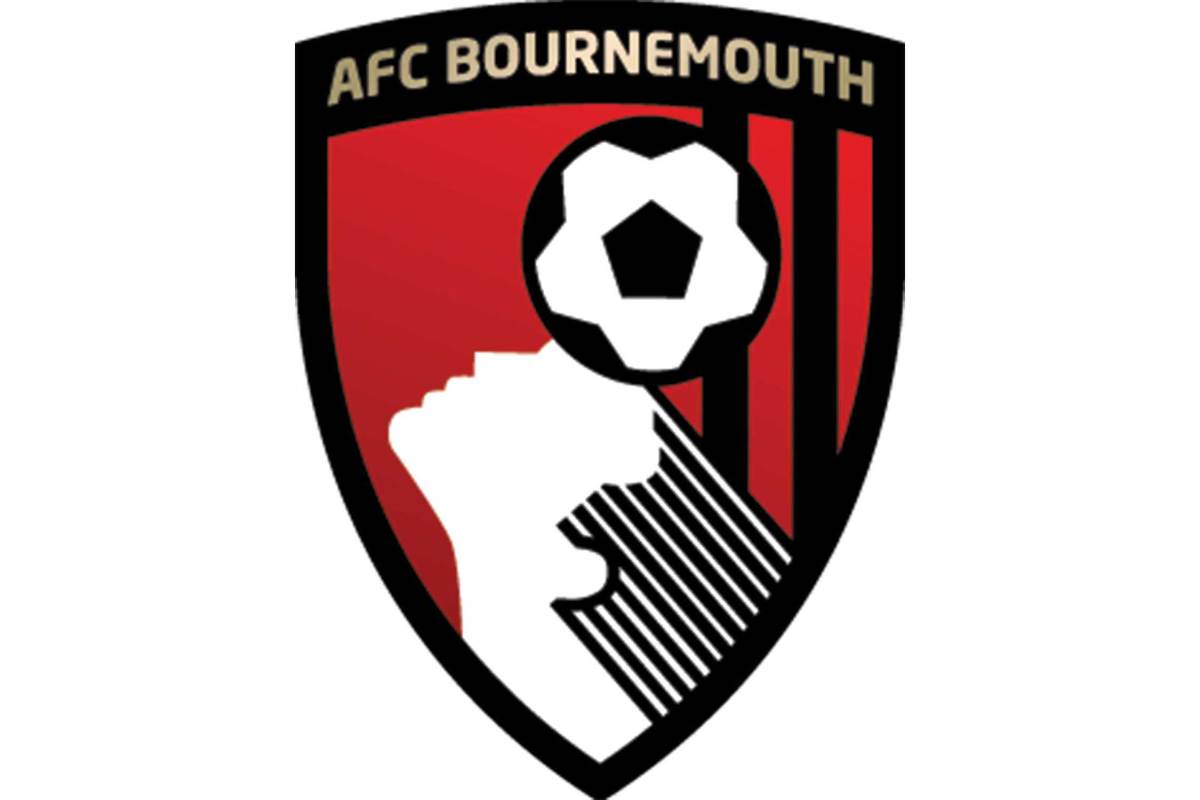
The head in the logo belongs to Dickie Dowsett, a forward who played for Bournemouth in the 1950s and 1960s. At time of writing, he is 85 years old.
CHIVAS DE GUADALAJARA
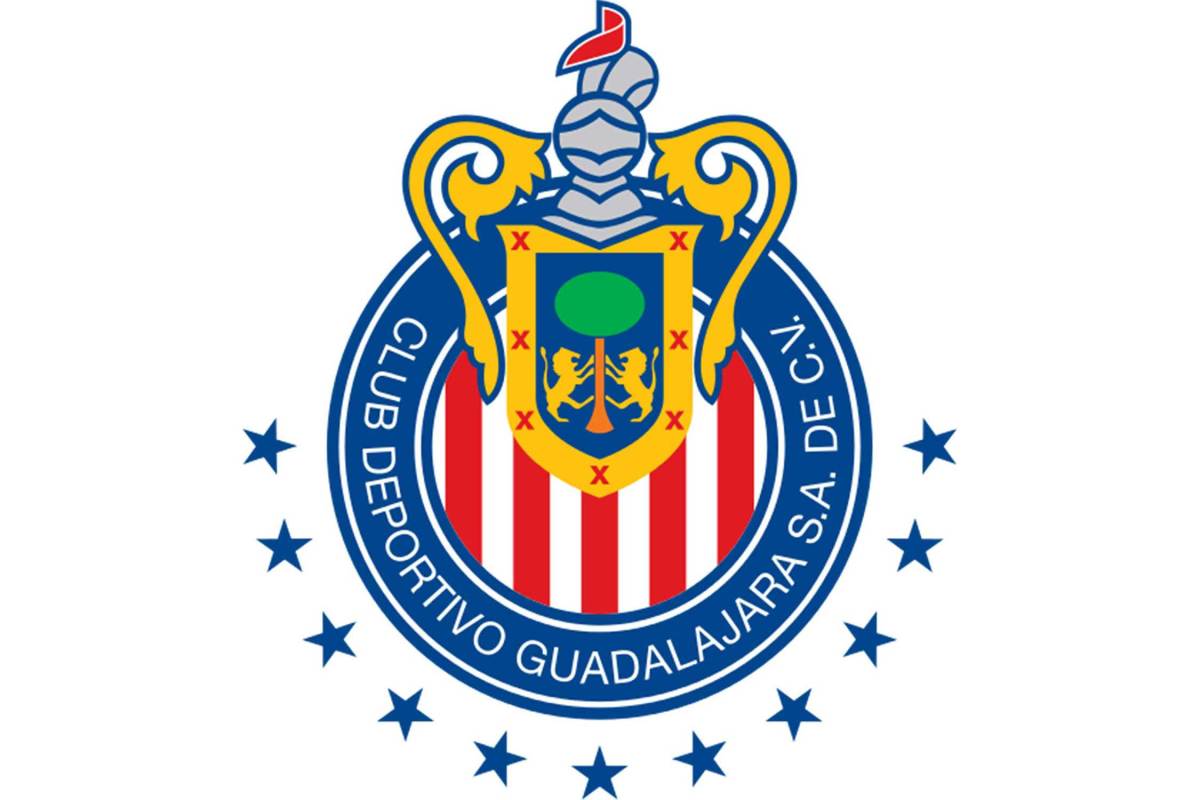
The crown and helmet come from the coat of arms of Guadalajara, granted to the city by Charles V in 1539. The red and white stripes are a reference to the flag of the Belgian city of Brugge, the hometown of club founder Edgar Everaert.
COLUMBUS CREW
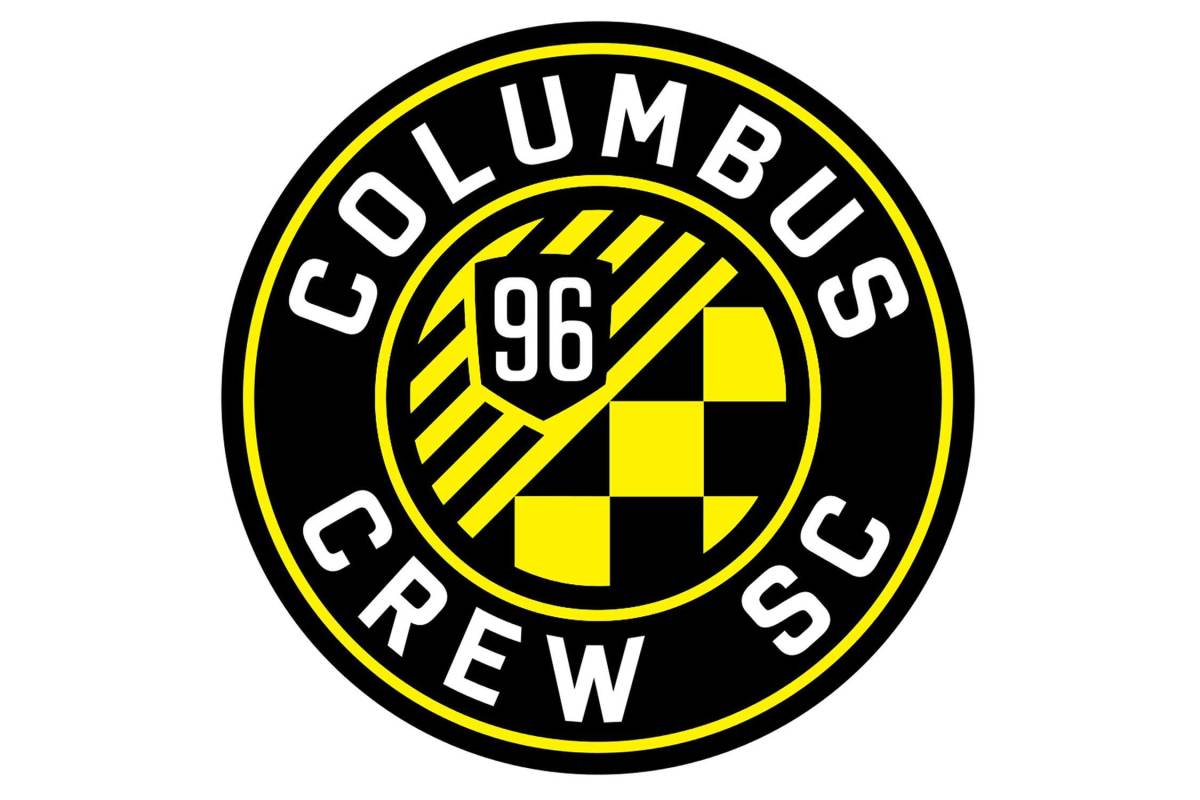
One of MLS's founding clubs, Crew SC re-made its logo in 2014. The circular shape represents the O in its home state of Ohio, nine stripes on the inside stand for the other nine inaugural MLS teams, and the "96" represents the club/league's inaugural year of play. The checkered design in the middle represents the flags waved by the club's supporters.
DINAMO BUCURESTI
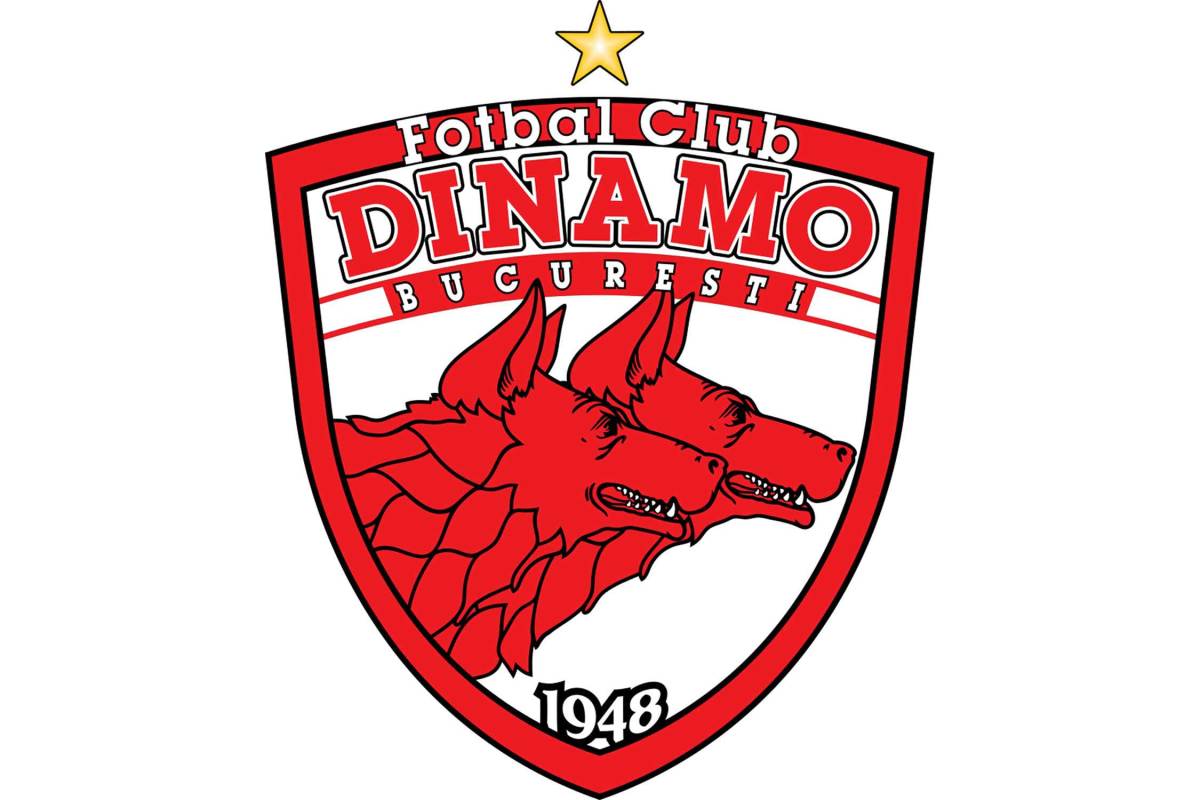
The two red dogs in the club's crest represent Radu and Ion Nunweiller, brothers who played for the club in the 1960s and 70s. Nicknamed the "Red Dogs," the Nunweillers made over 500 appearances for the club, winning six league titles between them. The whole team adopted the "Red Dogs" nickname afterward, and the club brought the dogs to its logo in 1998.
RCD ESPANYOL
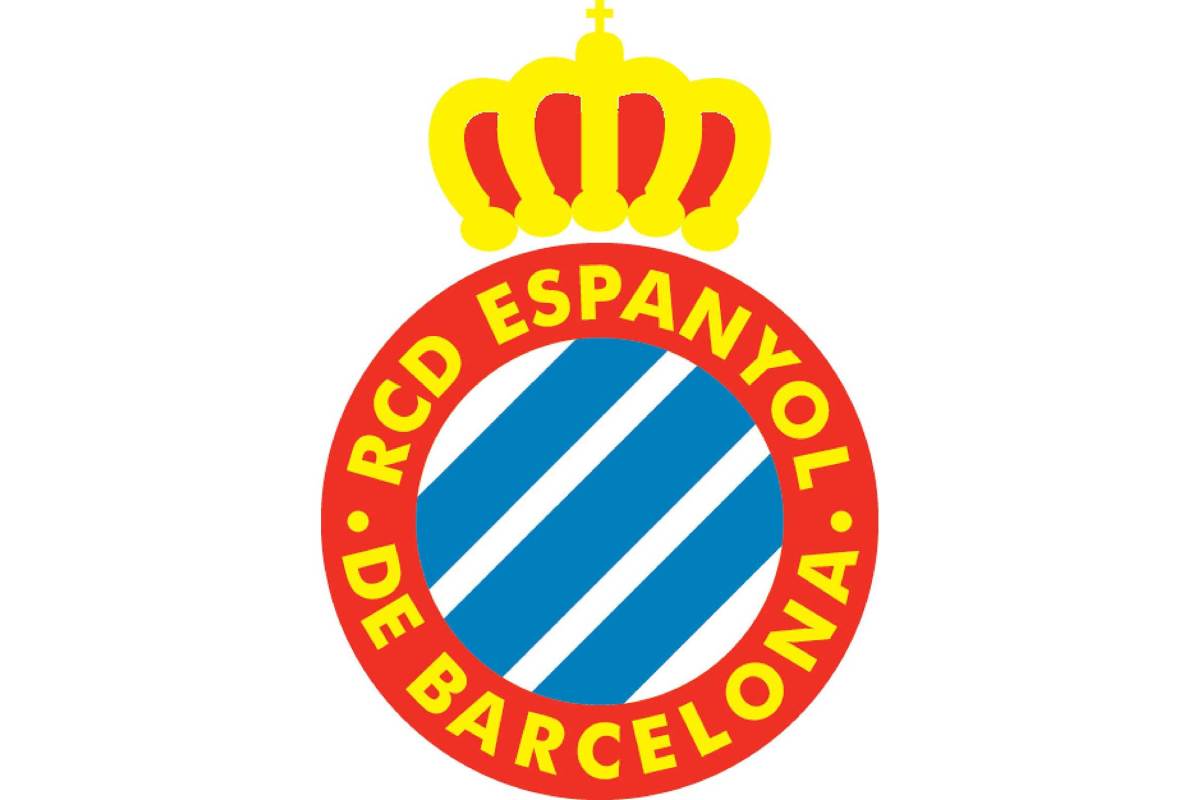
The three blue stripes on the crest of this Barcelona club come from the coat of arms of Roger de Lauria, an admiral that commanded the city's fleet in the 13th century and won many battles.
FC COLOGNE
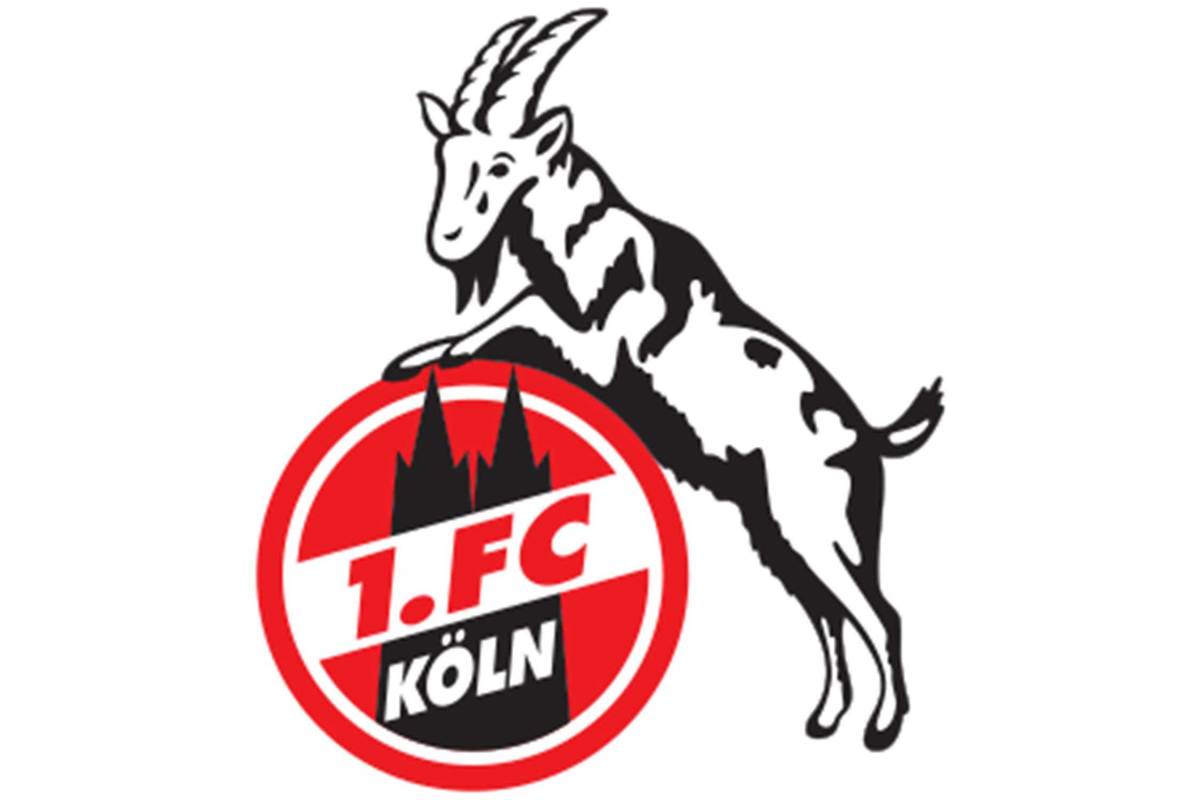
In the crest for this German club, the black building in the center of the circle is the city's iconic cathedral–one of the largest in the world. The goat, named Hennes, is the club's mascot. The original Hennes was given to the club's player-coach Hennes Weisweiler during the city's carnival in 1950. He kept the goat, brought it to games, it was named after him, and the club is now on Hennes VIII.
KAA GENT
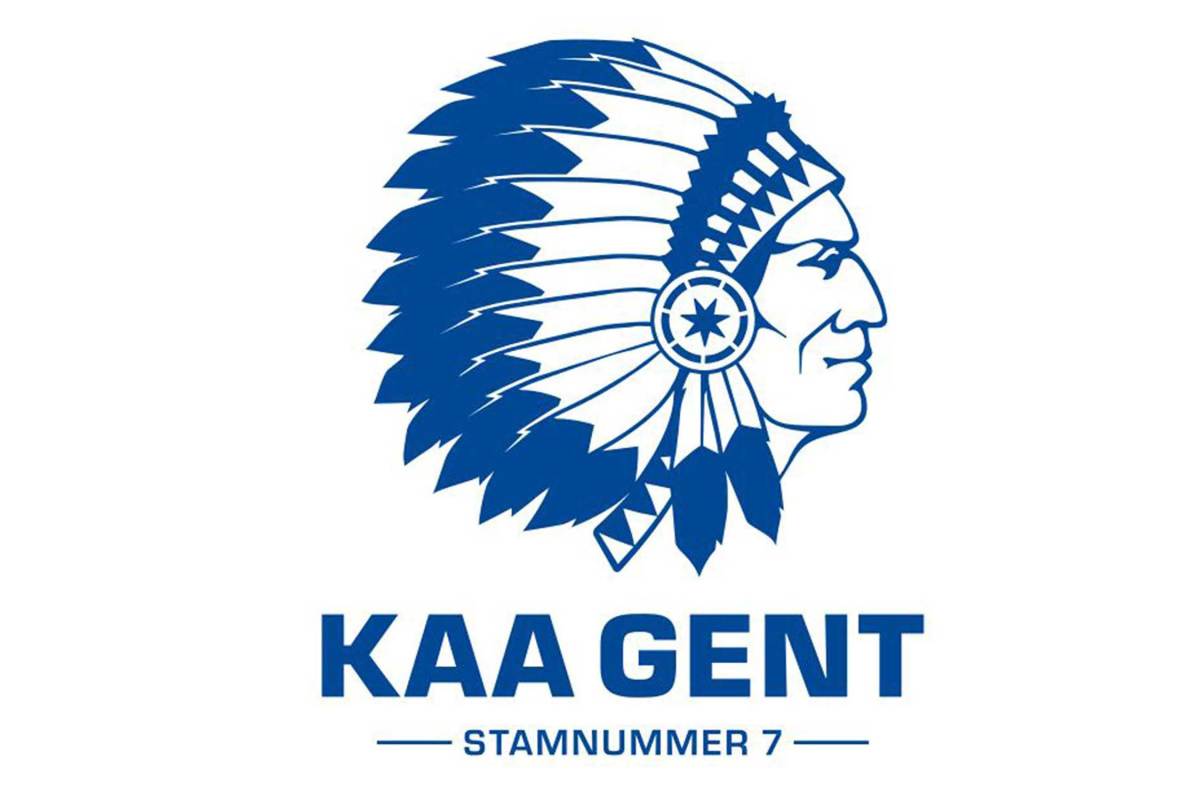
Buffalo Bill visited the Belgian city of Ghent in 1895 with the Barnum & Bailey Circus and was wildly popular, returning many times thereafter. The American Indian popped up as a symbol of the club in 1920 and has remained ever since.
HEART OF MIDLOTHIAN
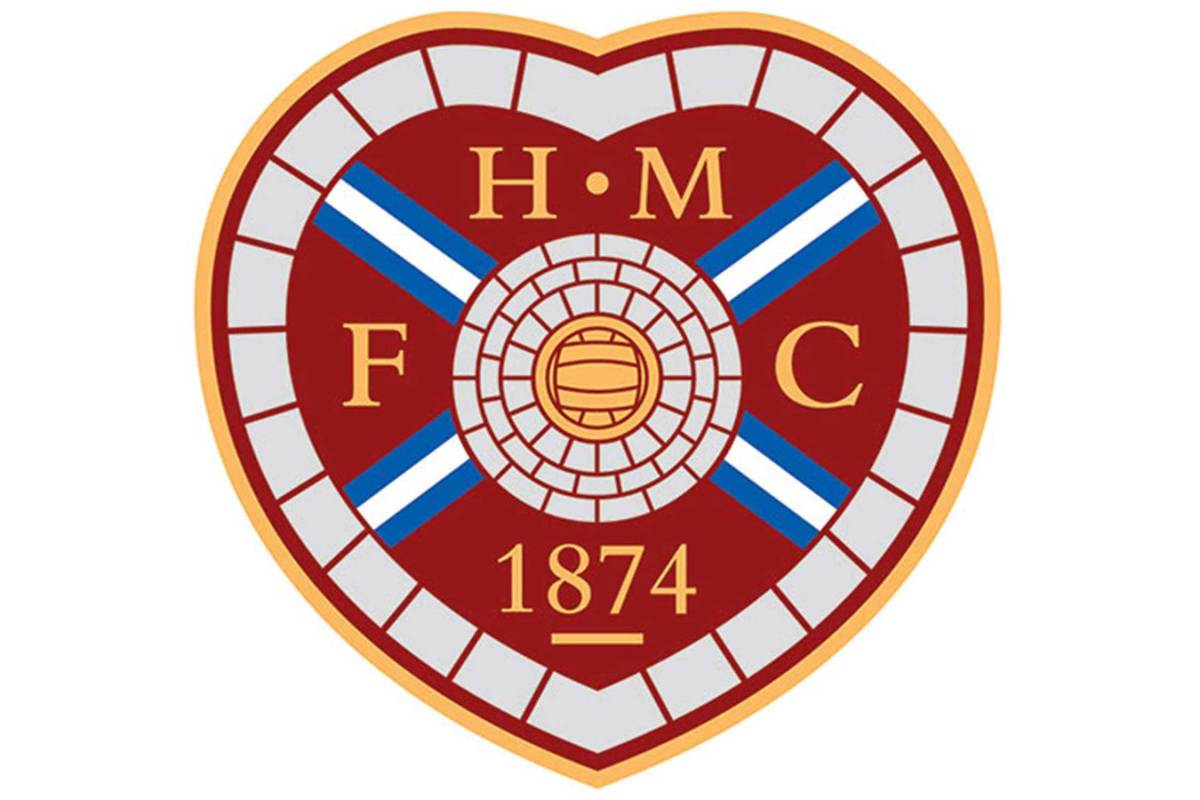
Based in Edinburgh, Heart of Midlothian's crest features bricks around the edge of a familiar heart shape. The bricks are a reference to a mosaic built into the The Royal Mile, a famous walkway in the center of Edinburgh. The blue cross in the center recalls the flag of Scotland.
KAIZER CHIEFS
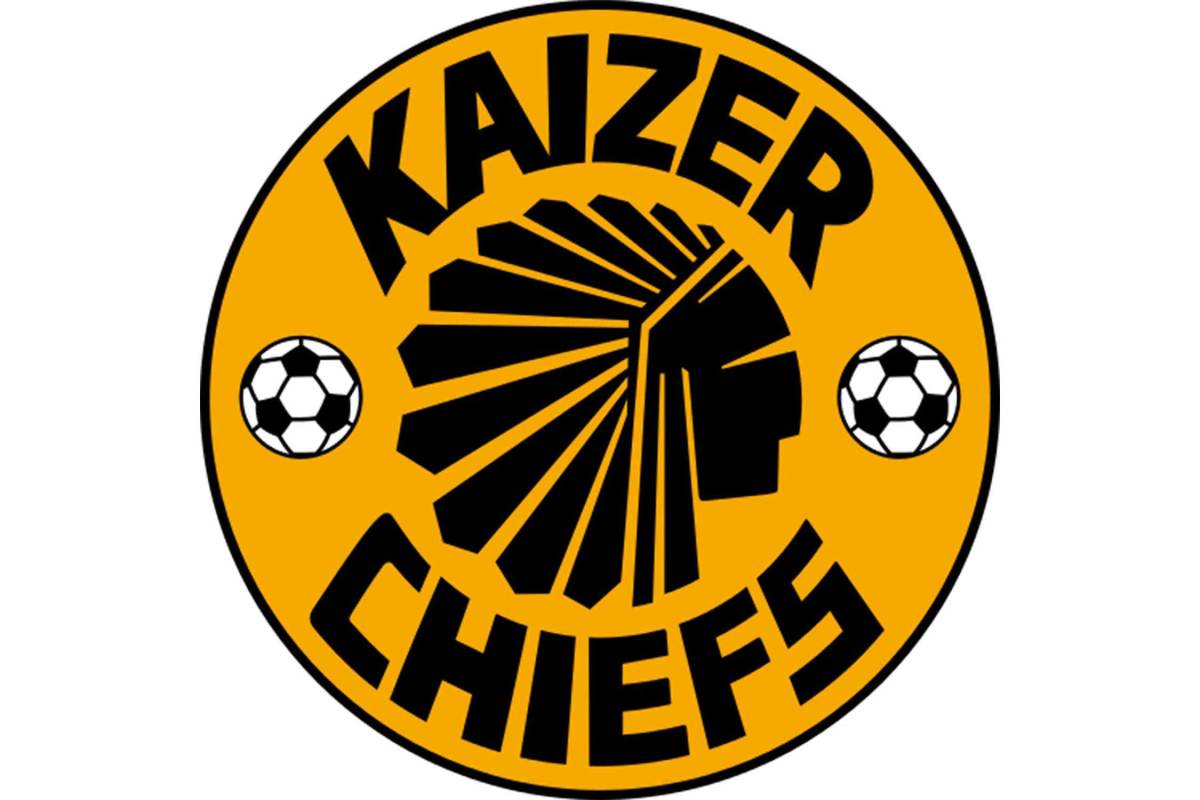
Club founder Kaizer Motaung played for the NASL's Atlanta Chiefs from 1968-71. Upon returning to his home country of South Africa he founded his own club in Johannesburg, naming it after himself and his old NASL club. The logo of the club is very similar, if not identical, to that of the Atlanta Chiefs.
MINNESOTA UNITED FC
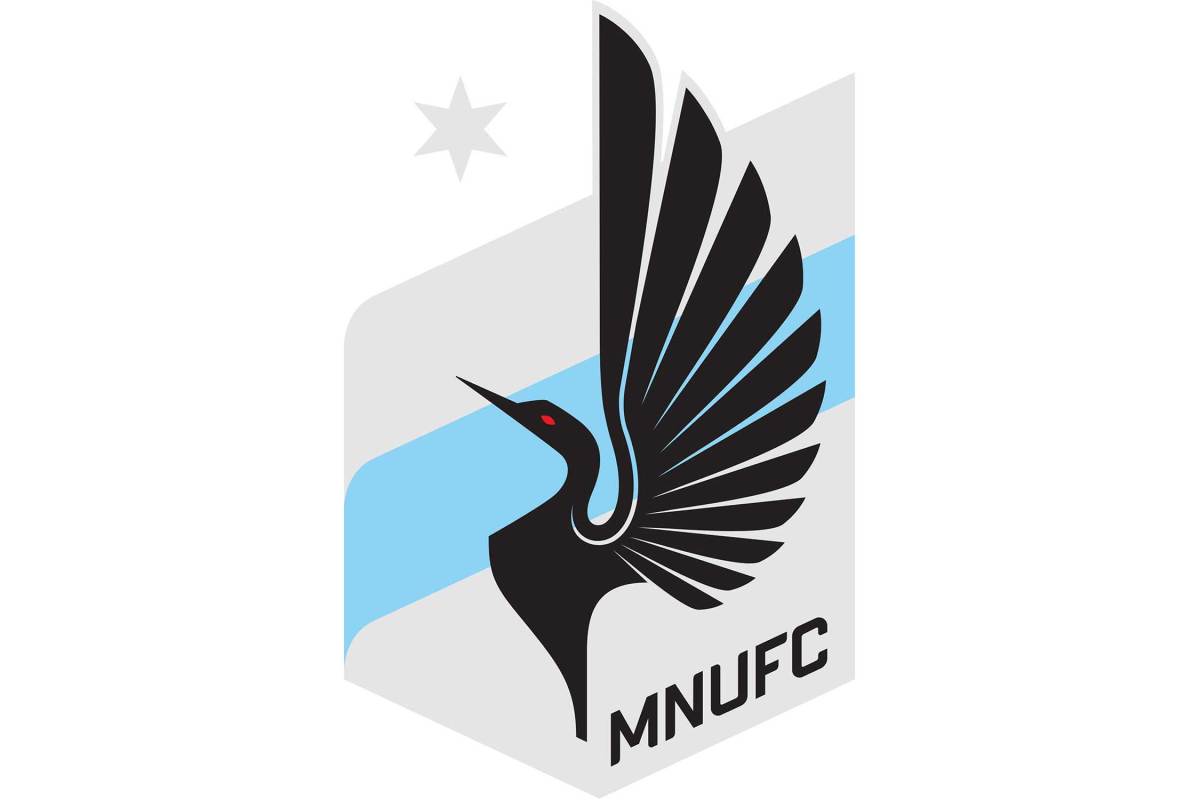
One of the newer brands in American soccer, Minnesota United's crest has plenty of references to its club's state. The gray symbolizes the Iron Range, a collection of iron-mining districts in the state. The blue represents the Mississippi River, the star represents the North Star, and the bird featured in the center is the Loon–the state bird.
STADE DE REIMS
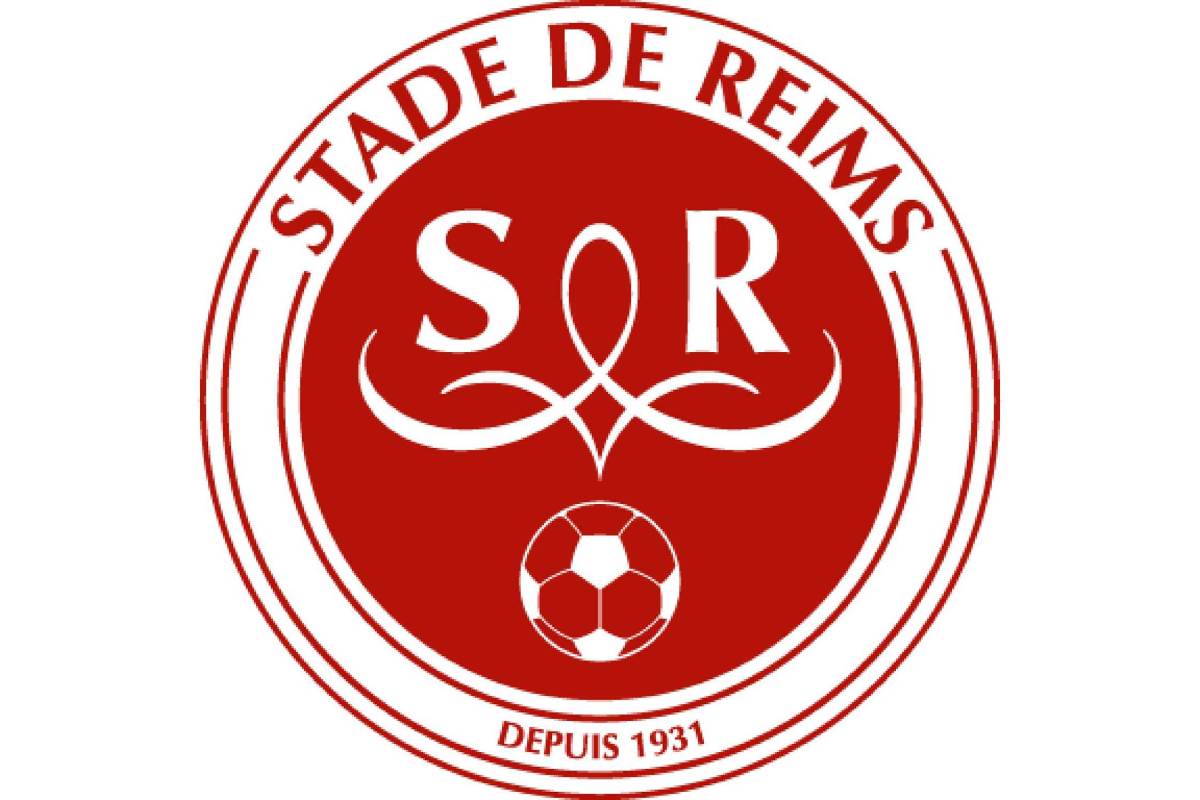
In between the S and R is a symbol meant to represent the "Smiling Angel," a famous sculpture at the Notre Dame de Reims cathedral.
SCHALKE 04
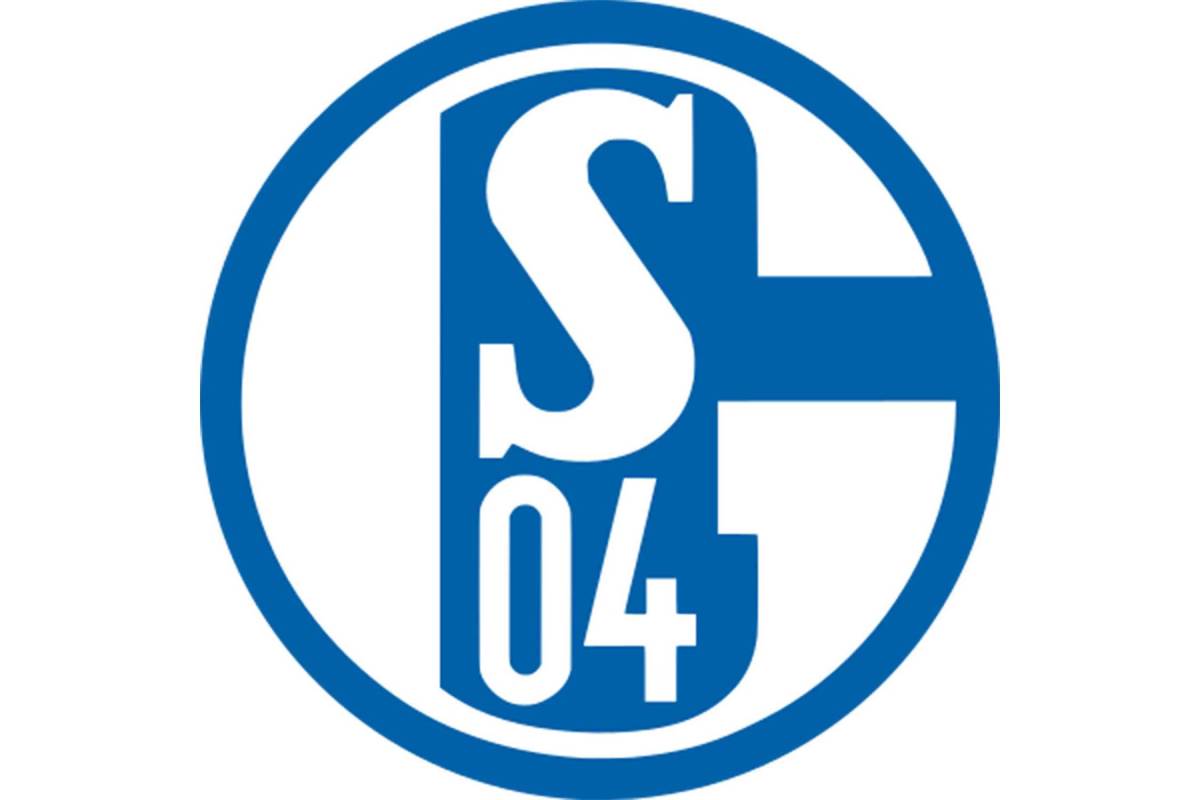
Surrounding the S (representing the name of the club) and the 04 (representing 1904, the club's founding year) is a large letter G. That stands for Gelsenkirchen, the city where Schalke 04 is based.
SPORTING KANSAS CITY
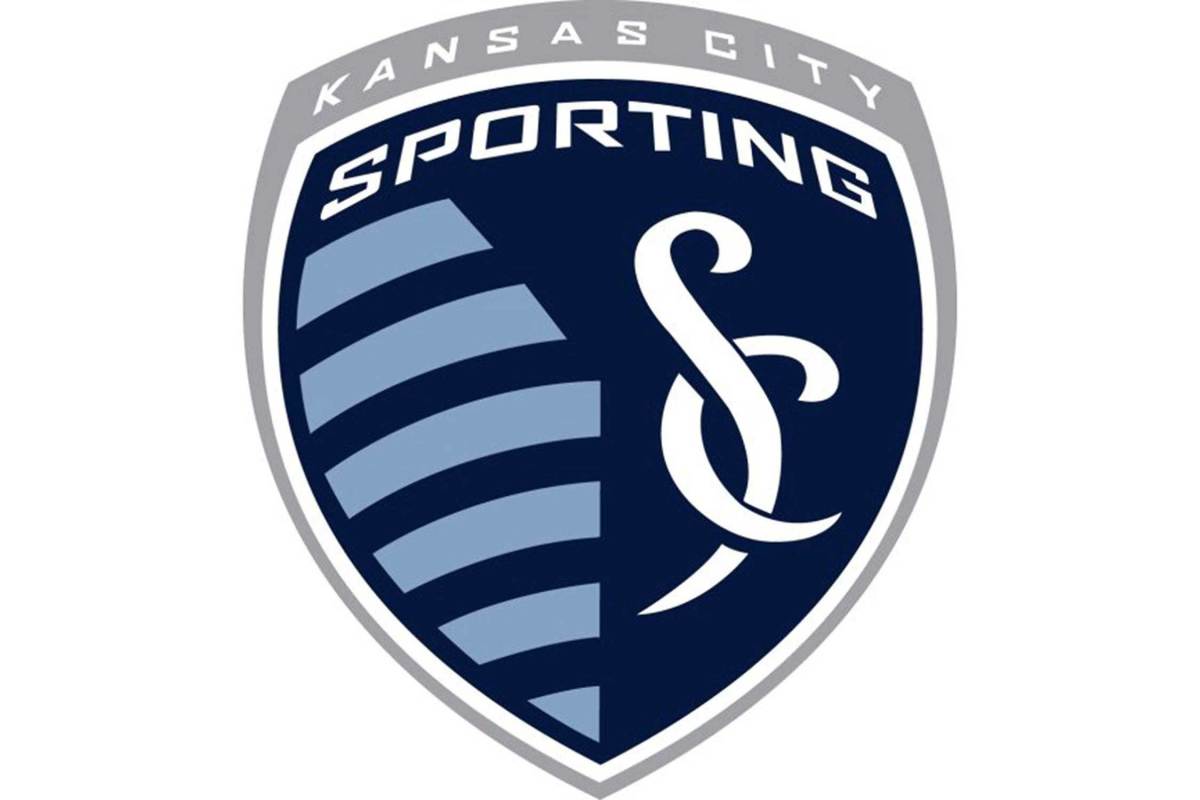
Eleven stripes on one side of the logo represent eleven players on the soccer field. The "SC" on the other side stands for Sporting Club (the team's ownership group), and is designed to look like the snake-and-cross symbol seen in medical applications because many of the owners came from the health care industry. The two sides are separated by an angle representing the border between the states of Missouri and Kansas. Kansas City itself sits roughly right on the point of that angle.
SYDNEY FC
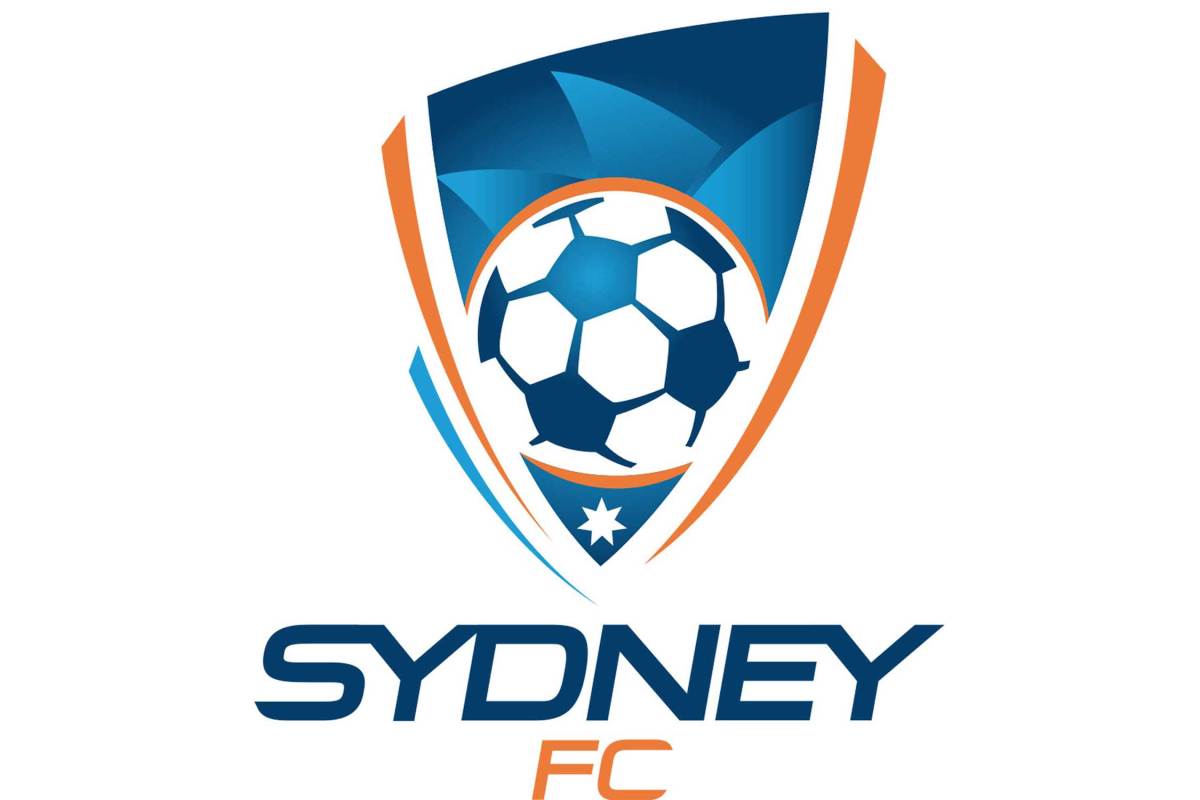
The look of the logo is meant to mimic the distinctive exterior of the Sydney Opera House, which can also be seen in the background of the logo itself.
TROYES
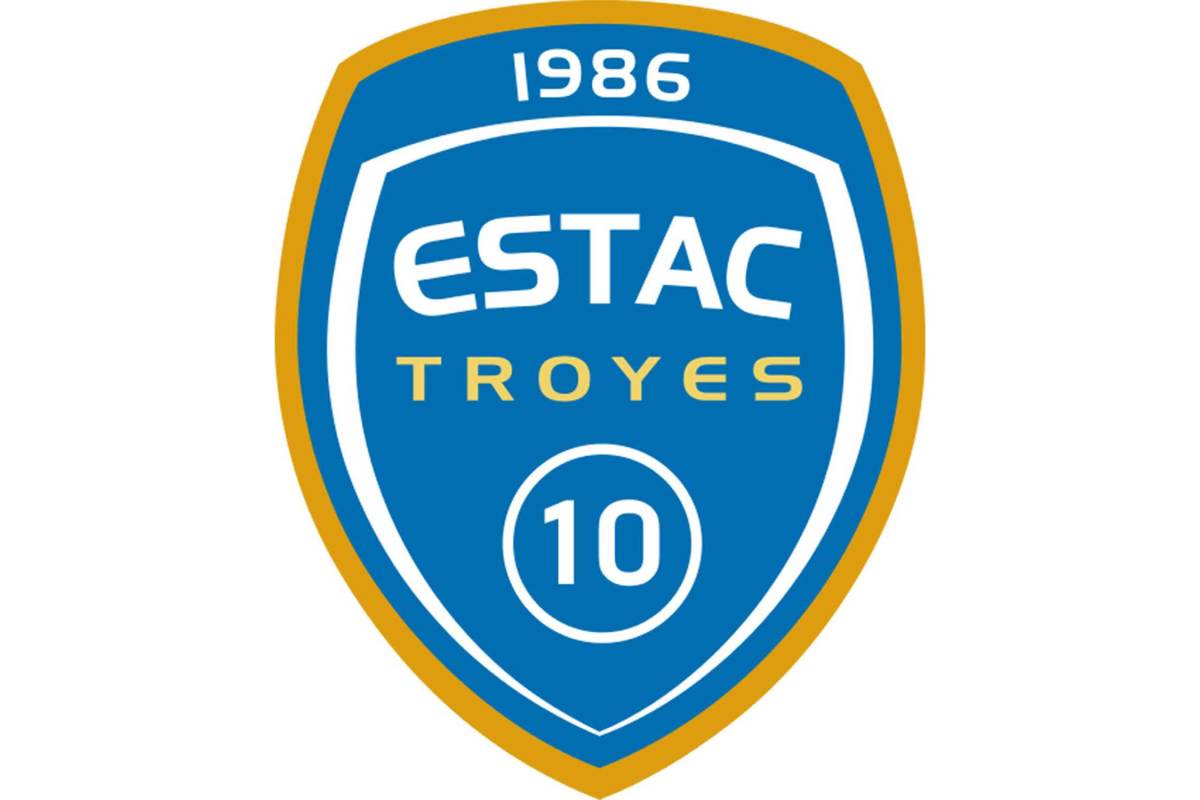
The country of France is separated into 101 departments, each of which is numbered. That number is then used in zip codes, license plates and for other official uses. Aube, the department where Troyes is based, is No. 10, hence its use in the club's logo.
SHEFFIELD WEDNESDAY
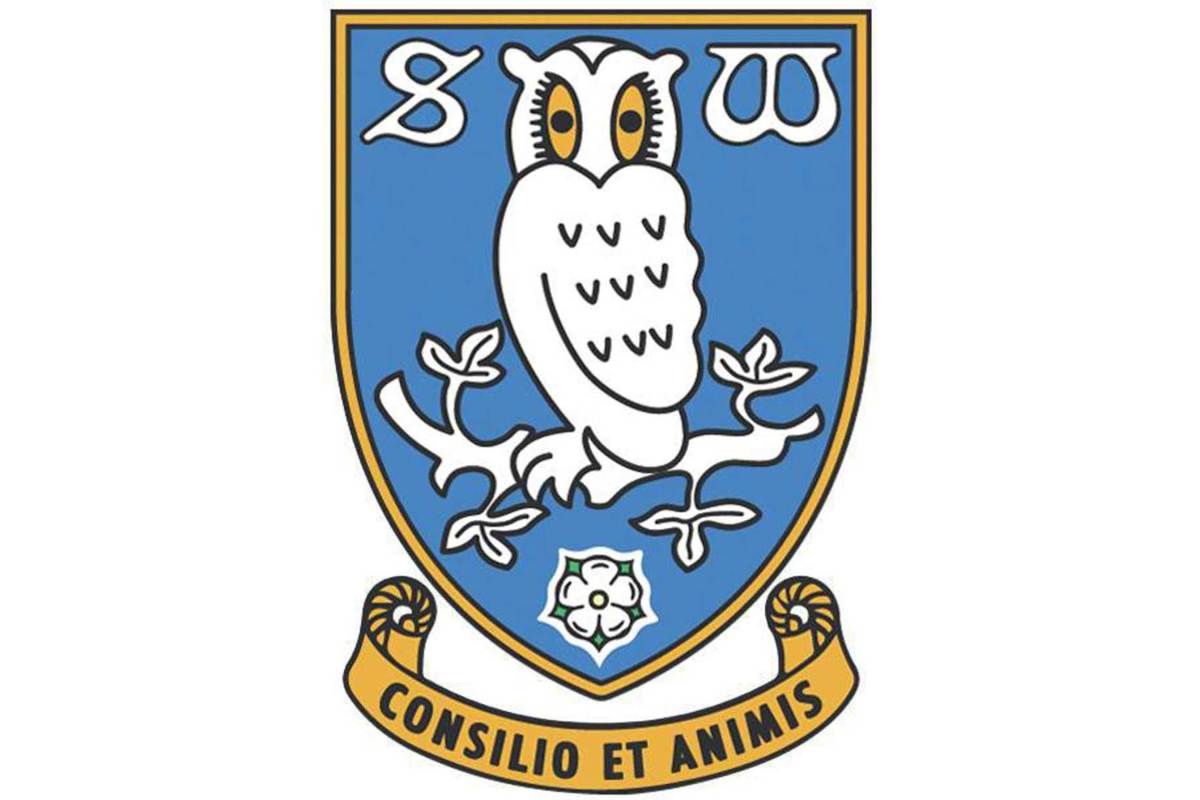
The owl in the crest represents Owlerton, a suburban section of Sheffield where the club's home stadium is located. The club has also adopted the "Owls" as its nickname. The white rose is the white rose of Yorkshire, and can also be found in the logos of regional rivals Sheffield United and Leeds United.
WEST HAM UNITED
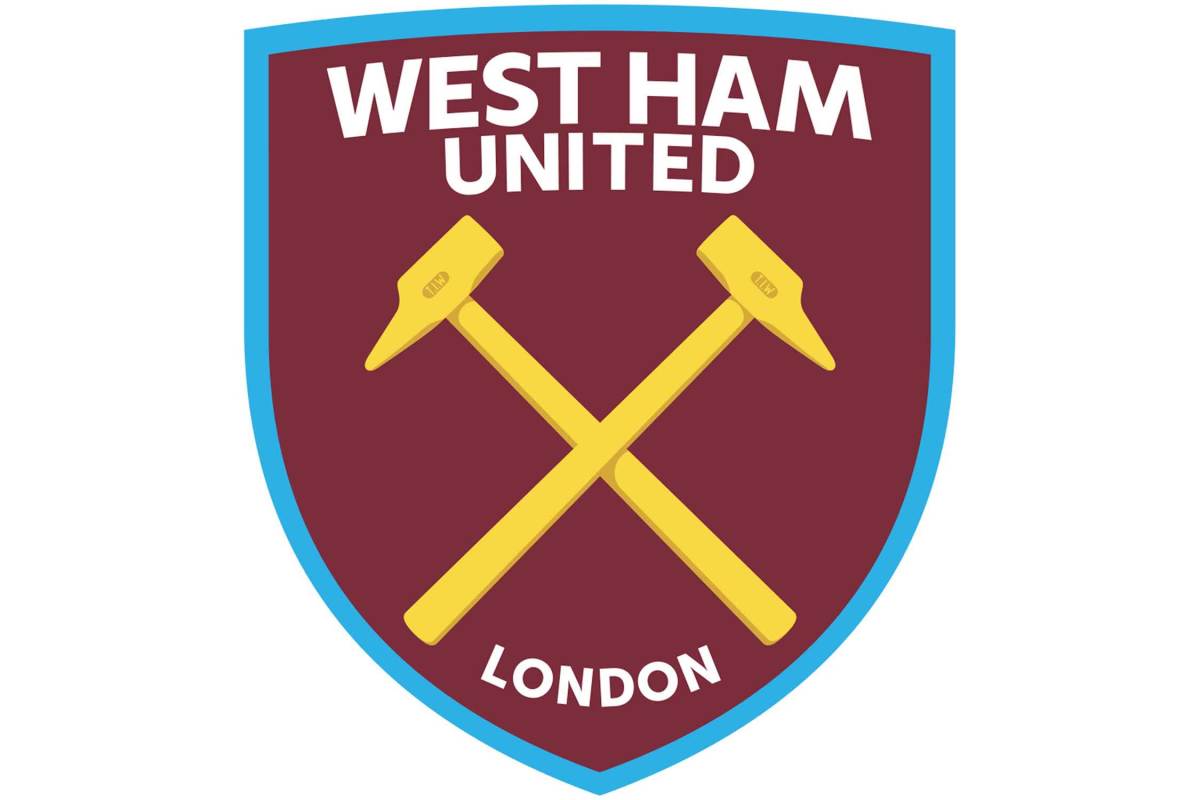
Introduced in 2016, the shape of the new West Ham United crest is modeled after the hull of the HMS Warrior, the first ironclad ship in the British navy, commissioned in 1861. The ship was built by Thames Ironworks, which was the company that formed the club now known as West Ham United. A subtle reference to Thames Ironworks (TIW) can be seen on the hammers in the logo itself.
